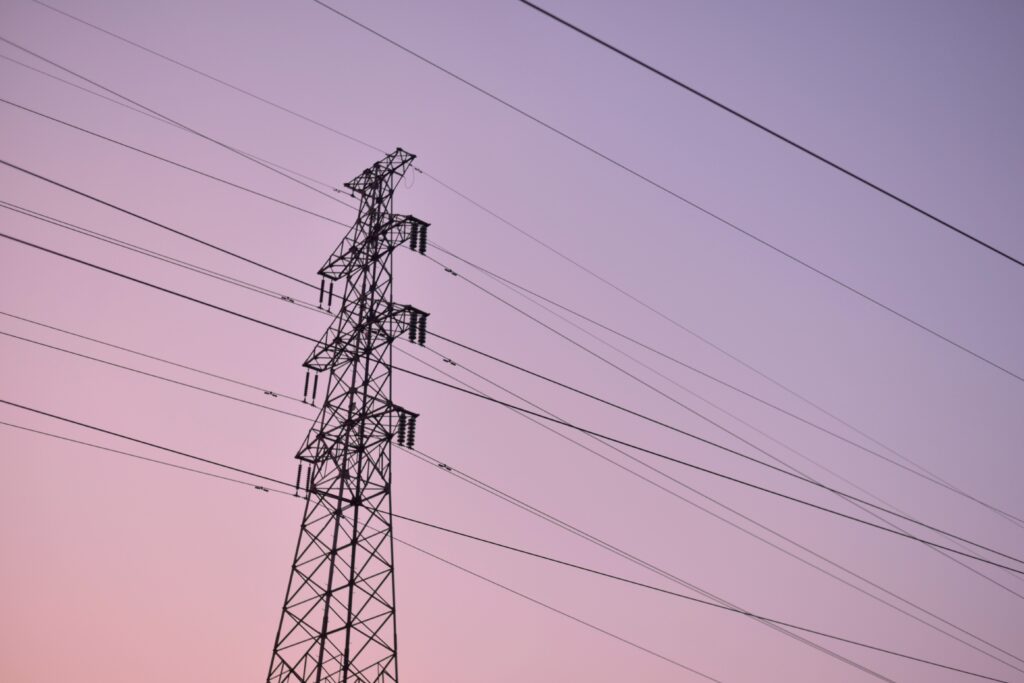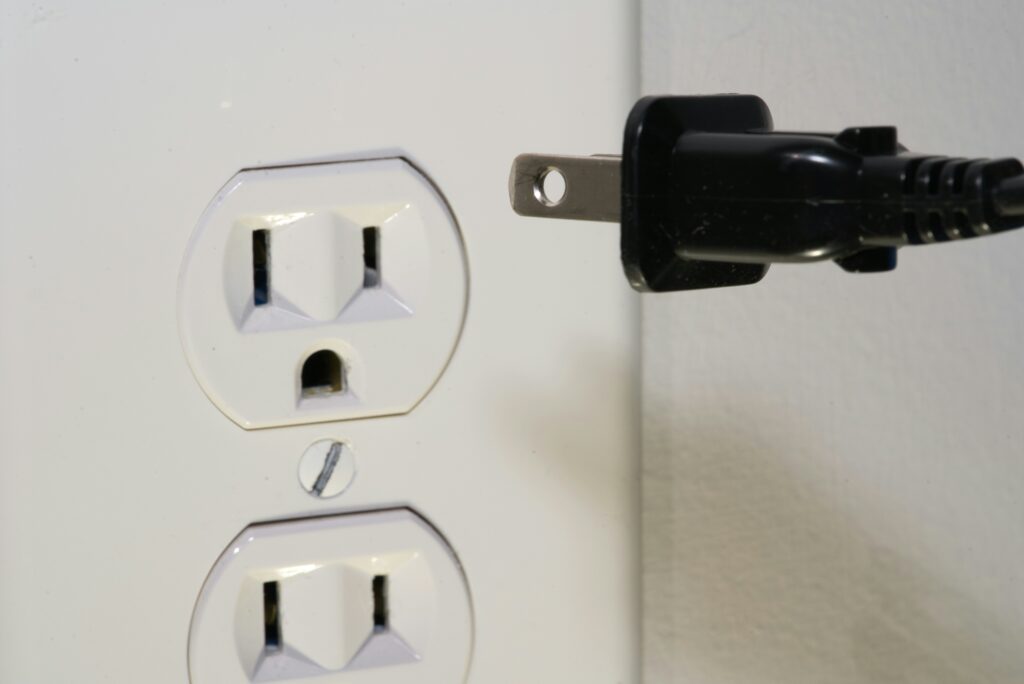10 Easy Ways to Lower Your Electricity Bill & Save Money Now
Ever feel like your electricity bill arrives with a dramatic drumroll, leaving you bracing for impact? You’re not alone! Many of us experience that monthly jolt when the envelope arrives, wondering how on earth we used so much power. It’s a common challenge, especially with today’s busy lifestyles and ever-increasing reliance on electronics. But what if you could take control and turn that drumroll into a gentle, more harmonious tune?
This article isn’t about drastic lifestyle changes or living by candlelight (unless you’re really into that vibe!). Instead, we’re going to dive into ten surprisingly simple, incredibly practical, and genuinely effective ways to reduce your electricity bill. We’ll provide concrete, actionable solutions that you can start implementing today, leading to immediate benefits for your wallet and a happier you. Get ready to transform that dreaded bill into a manageable expense, because taking control of your energy consumption is easier than you think!
Shedding Light on Smart Lighting Choices
Lighting is often an overlooked culprit in high electricity bills. The good news? It’s also one of the easiest areas to tackle!
Make the Switch to LEDs
Remember those old incandescent bulbs that got scorching hot? They were practically mini-heaters, converting most of their energy into heat rather than light. Enter LEDs (Light Emitting Diodes) – the superheroes of the lighting world! They use significantly less energy and last much, much longer.
Think of it like this: if your old bulbs were gas guzzlers, LEDs are the electric cars of illumination. Swapping out just a few frequently used bulbs can make a surprising difference. For instance, Mark, a recent convert, replaced all his living room bulbs with LEDs and noticed a definite dip in his next bill. “It was such a simple change,” he recounted, “and I didn’t even notice a difference in light quality!”

Embrace Natural Light
Why pay for light when the sun is offering it for free? Maximizing natural light during the day is a no-brainer. Open those curtains, pull up the blinds, and let the sunshine stream in.
Strategically placing mirrors can also bounce natural light further into rooms, reducing the need for artificial lighting. Consider adjusting your workspace or reading nooks closer to windows. It’s not just about saving money; natural light also boosts your mood and productivity!
Turn Off the Lights!
This might seem like a no-brainer, but it’s astonishing how often we leave lights on in empty rooms. Make it a habit! Implement a “lights out when you leave the room” policy in your home.
For kids (and forgetful adults!), consider installing smart light switches or timers in less-used areas like basements or utility rooms. Some smart switches can even be controlled from your phone, so you can turn off that forgotten light from anywhere.
Appliance Awareness: Using Your Gadgets Wisely
Our homes are filled with an array of appliances, each drawing power. Understanding how to use them efficiently can lead to significant savings.
Unplug “Vampire” Electronics
Even when turned off, many electronics continue to draw a small amount of power – this is known as “phantom load” or “vampire drain.” Think phone chargers, TVs, coffee makers, and even your toaster oven.
While individually small, these drains add up over time. A power strip with an on/off switch is your best friend here. Plug multiple devices into one strip and flip it off when not in use. It’s a simple habit that can save you a surprising amount of energy each month. According to energy experts, these “vampire” devices can account for up to 10% of your electricity bill!
Optimize Your Refrigerator and Freezer Use
Your fridge and freezer are constantly working, making them significant energy consumers. A few simple adjustments can make them more efficient.
First, ensure your refrigerator’s temperature is set between 35°F and 38°F (1.7°C and 3.3°C) and your freezer at 0°F (-18°C). Don’t go colder than necessary. Second, keep them well-stocked. A fuller fridge and freezer retain cold better, meaning the compressor doesn’t have to work as hard. If you have empty space, fill it with water bottles or crumpled newspaper. Lastly, check your door seals; if they’re not tight, cold air is escaping, and warm air is sneaking in.
Wash Clothes Smart, Dry Clothes Efficiently
Laundry day can be a major energy drain, but with a few tweaks, you can significantly reduce its impact.
Always wash your clothes in cold water whenever possible. Modern detergents are designed to be effective in cold water, and heating water accounts for about 90% of the energy used by a washing machine. A study on daily habits suggests that switching to cold water washes can save you a noticeable amount over a year. For drying, consider air-drying clothes on a line or drying rack when the weather permits. If using a dryer, clean the lint filter before every load – it improves efficiency and reduces fire risk. Also, dry full loads and separate heavier items from lighter ones for more even drying.
Mastering Climate Control: Heating and Cooling Hacks
Heating and cooling typically account for the largest portion of a household’s energy consumption. This is where strategic adjustments can really pay off.
Optimize Your Thermostat Settings
Your thermostat is your control center for energy savings. A few degrees can make a world of difference. During warmer months, set your thermostat as high as comfortably possible – ideally around 78°F (25.5°C) when you’re home. When you’re out, you can set it even higher.
In colder months, aim for around 68°F (20°C) when you’re home, and lower it when you’re away or asleep. Consider investing in a smart thermostat that learns your habits and adjusts accordingly, or allows you to program schedules easily. It’s like having a tiny energy-saving assistant in your wall!
Seal Leaks and Insulate Your Home
Drafts are like open invitations for your heated or cooled air to escape, forcing your HVAC system to work harder. Take a walk around your home and feel for drafts around windows and doors.
Weatherstripping and caulk are inexpensive and incredibly effective solutions for sealing these leaks. You can also add insulation to your attic or walls, which acts like a cozy blanket for your home, keeping the conditioned air inside where it belongs. Proper insulation can significantly reduce your electricity bill by lessening the load on your heating and cooling systems.

Maintain Your HVAC System
Your heating, ventilation, and air conditioning (HVAC) system is a complex machine that needs regular care to run efficiently. Think of it like your car – regular tune-ups keep it purring.
Change your air filters regularly, ideally once a month, especially during peak use seasons. Dirty filters restrict airflow, making your system work harder and consume more energy. Schedule annual professional maintenance to ensure everything is running optimally. A well-maintained system not only saves you money but also extends its lifespan.
Mindful Kitchen Habits
The kitchen is a hub of activity, and many energy-hungry appliances reside here. Small changes in how you use them can add up to big savings.
Use the Microwave or Toaster Oven for Small Meals
For smaller portions or reheating leftovers, your microwave or toaster oven is far more energy-efficient than firing up a large conventional oven. A toaster oven, for example, uses about one-third to one-half the energy of a full-sized oven.
This is especially true for items that cook quickly. Think of Susan, who started reheating her morning pastries in her toaster oven instead of her large oven. “It was quicker, and I realized how much energy I was probably wasting before,” she shared.
Cook Smart: Lids, Pots, and Batch Cooking
Cooking doesn’t have to be an energy hog. Simple habits can make a difference. Always use lids on pots when boiling water or cooking. This traps heat, allowing food to cook faster and using less energy.
Match the size of your pot to the size of your burner – a small pot on a large burner wastes heat. And consider batch cooking larger meals on one day, then reheating portions throughout the week. This reduces the number of times you turn on your stove or oven.
Conclusion
Phew! We’ve covered a lot of ground, from banishing vampire electronics to becoming a thermostat wizard. The good news is, you don’t have to implement all ten of these strategies at once. The real magic lies in consistency and small, cumulative changes. Think of it as a personal quest to make your home an energy-saving sanctuary!
Remember, progress, not perfection, is the goal. Choose one or two tips that resonate most with you, perhaps swapping out those old incandescent bulbs or getting into the habit of unplugging chargers. Once those feel natural, add another. You’ll be amazed at how quickly these small adjustments add up, significantly helping to reduce your electricity bill month after month. It’s time to take control of your energy consumption and enjoy the sweet sound of lower bills. You’ve got this!
Frequently Asked Questions (FAQ)
Q: What are the biggest electricity consumers in a home? A: Typically, heating and cooling systems (HVAC) are the largest electricity consumers, followed by water heaters, refrigerators, and lighting.
Q: How much can I save by unplugging electronics? A: While it varies, unplugging “vampire” electronics can save you between 5% and 10% on your electricity bill annually.
Q: Is it really worth it to switch to LED bulbs? A: Absolutely! LEDs use significantly less energy and last much longer than traditional incandescent bulbs, leading to substantial savings over their lifespan.
Q: What’s the ideal temperature to set my thermostat to save energy? A: For summer, aim for 78°F (25.5°C) or higher when home. In winter, set it to 68°F (20°C) or lower. Adjusting it by a few degrees when you’re away or asleep can also lead to significant savings.
Q: How often should I change my HVAC filter? A: It’s generally recommended to change your HVAC filter every one to three months, or more frequently if you have pets or allergies.

